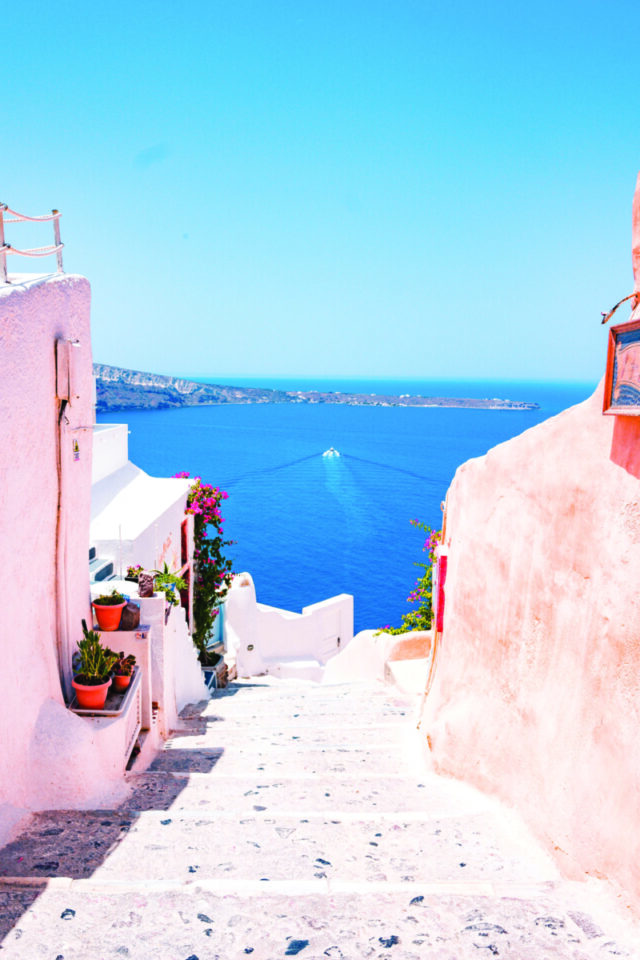
By Ray Rogers
Ray Rogers: Let’s start with your work with the Blue Zones organization. Can you tell me a little bit about the work, the mission of the organization and what inspires you about doing this kind of thing?
Nick Buettner: My work with Blue Zones started in 1999 with the first research I did around longevity in Okinawa, Japan, and then a team of explorers and National Geographic photographers went on-site for about a little over a month to research longevity. What that did was ignite my brother Dan to try to find the five places in the world where people were living the longest lives. We did about 10 years of research and partnership with universities, demographers and physicians.
RR: Can you name the five places?
NB: Okinawa in Japan, Sardinia in Italy, the Nicoya Peninsula of Costa Rica, Ikaria, Greece, which is actually my favorite, and then Loma Linda, California.
RR: And what are the nine commonalities?
NB: The people move naturally, they have simple techniques to reduce stress, a sense of purpose that they can articulate, which is linked to about seven-and-a-half years of longevity. They have a little bit of wine in their diet, but they mostly live off a plant-based diet of fruits and vegetables that they grow in their own gardens. Their caloric intake is significantly less than we have in most of America. The last three commonalities are focused on family; they were surrounded by love and they have a strong sense of faith. All but two centenarians that we researched have a strong sense of faith. And lastly, friends. According to the Framingham study, if your three best friends smoke and drink too much, there’s a 150 percent chance that you will as well. So, how do we surround ourselves with friends who not only support our well-being, but more importantly when we’re having a bad day, are loyal and pick up the phone, answer that call?
RR: A lot of your work now has been going into communities around the states, and talking about these values. How can we learn from these five Blue Zones and take that into our communities?
NB: The big aha moment for me was never once did I meet somebody on my trips who said at age 50 they wanted to go on a diet and make it to 100. Longevity was never something that they pursued. Rather, it ensued because of their environment. We make about 300 health decisions every day that impact health, and most are involuntary. So, how do we set up an environment where that healthy choice is a little bit easier? Longevity ensues if most of what you do is within a 20-mile radius of where you work and live. We focus on where you spend time: worksites, restaurants, grocery stores, schools for kids. They’re spending 900 hours a year in school, and we have evidence-based menus to work with these organizations, in which they can go in and set up environments that make a healthy choice easier. The big piece about it is, we’re seeing [an insurance] claims cost reduction. One place I worked with, a hospital system with 2,000 employees, saw a $26 million savings over a three-year period.
RR: That’s one way to motivate Americans.
NB: Well, yeah. Link it back to the organizational goals. In another area, we reduced childhood obesity by 55 percent. So what’s the impact of that 20 years later on a community? The design is pro-movement, pro-walkability, pro-biking. Our parks are designed to bring people together around well-being activities. We look at policies around food systems. How are we creating better access, more portability no matter what your socioeconomic status is, and doing it in a way that meets the culture, because when it comes to food and diet, the culture of the Hamptons is different from the culture in Harlem.
RR: You were an honoree from CaringKind, for the Wellness and Longevity Leadership Award. Can you tell me a little bit about how your work with Blue Zones aligns with CaringKind, in regard to the prevention and understanding of Alzheimer’s?
NB: If you look at the things that are driving that disease, in some cases it is genetic, but in others it is controllable, with factors such as diet and exercise, stress reduction, social health. Are we engaged in the community? Do we have a sense of purpose? We’ve been talking with CaringKind about partnering with them on a project that supports the Blue Zones and the well-being of the overall community. They want to look at how we are developing programs for caregivers that create more support for them and their well-being.
RR: You mentioned that Ikaria is your favorite Blue Zone. Why is that?
NB: It’s a little bit rugged, overlooking the Mediterranean. The food there, what they cook, is inexpensive and delicious. Looking at the community, everybody comes together around well-being and health. Everybody supports one another. At the end of the day when you go to dinner, the whole community will show up, everyone from ditch workers to concert violinists. They get up and they share, play music and dance. bluezones.com; caringkindnyc.org



